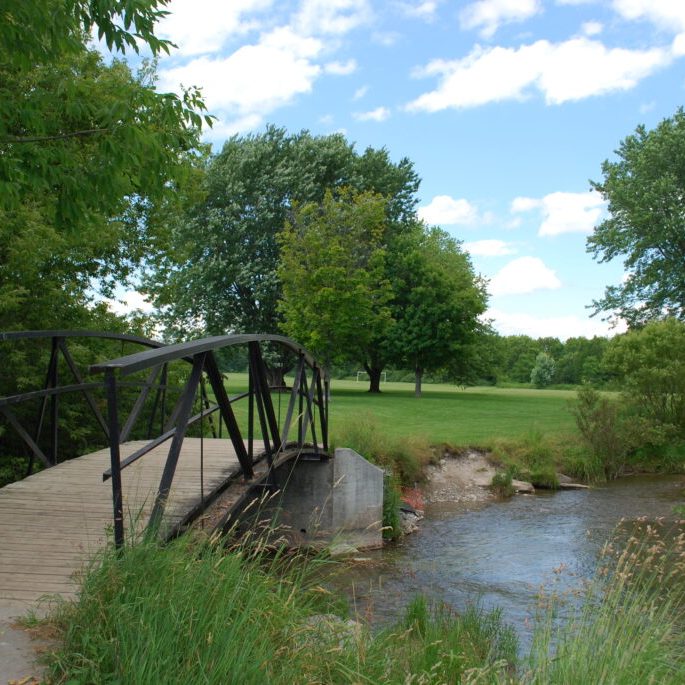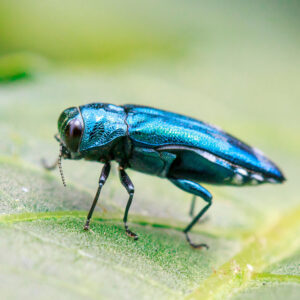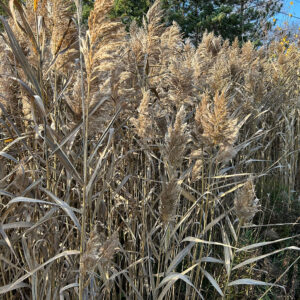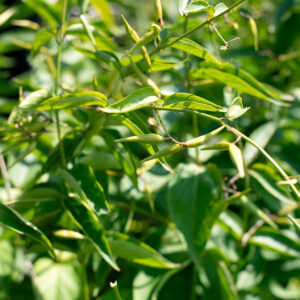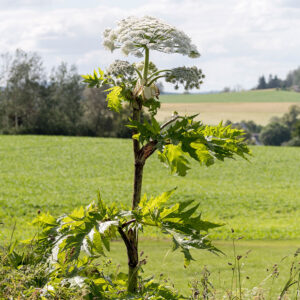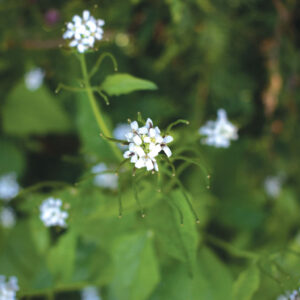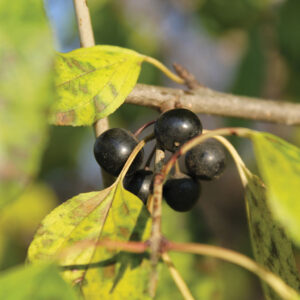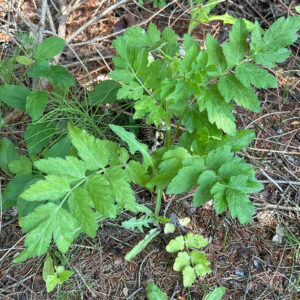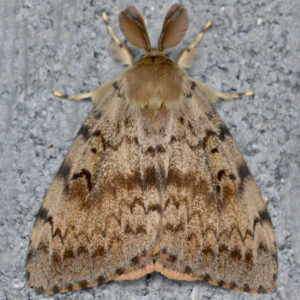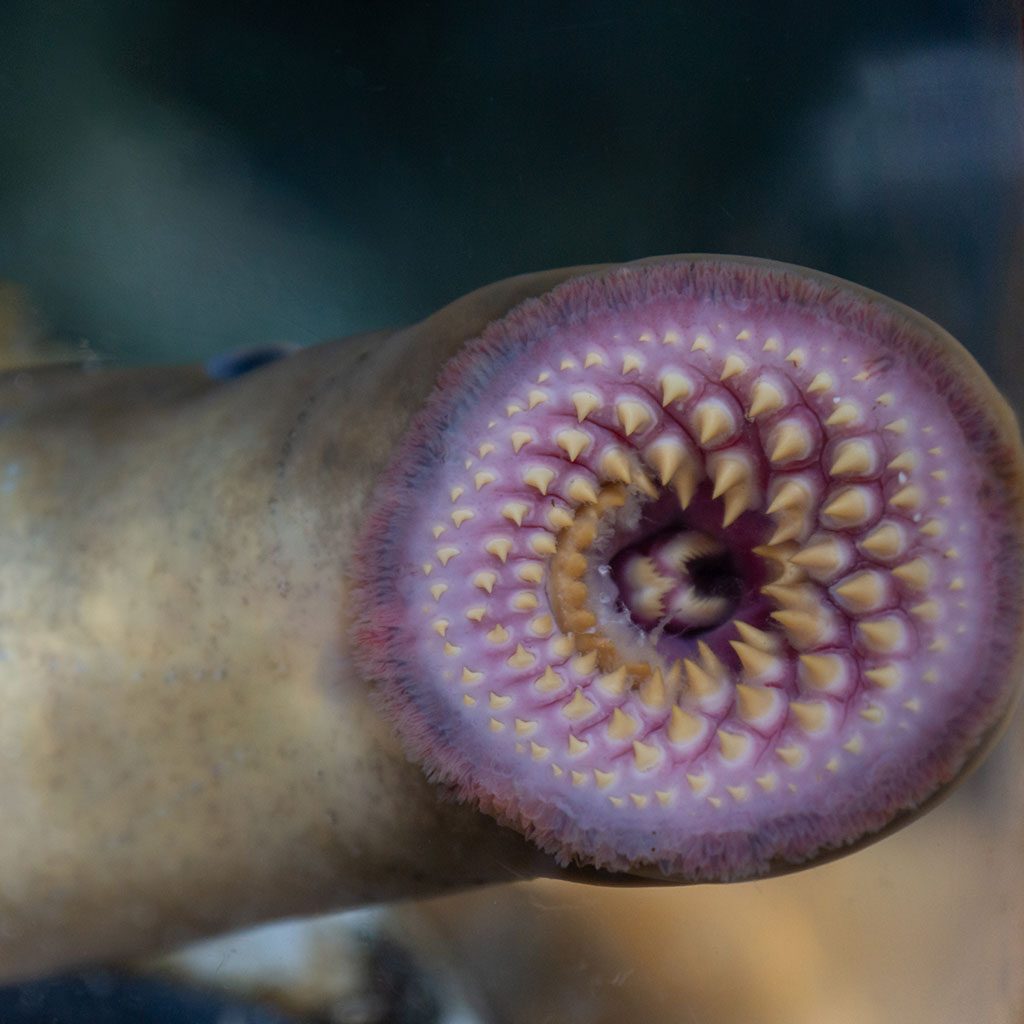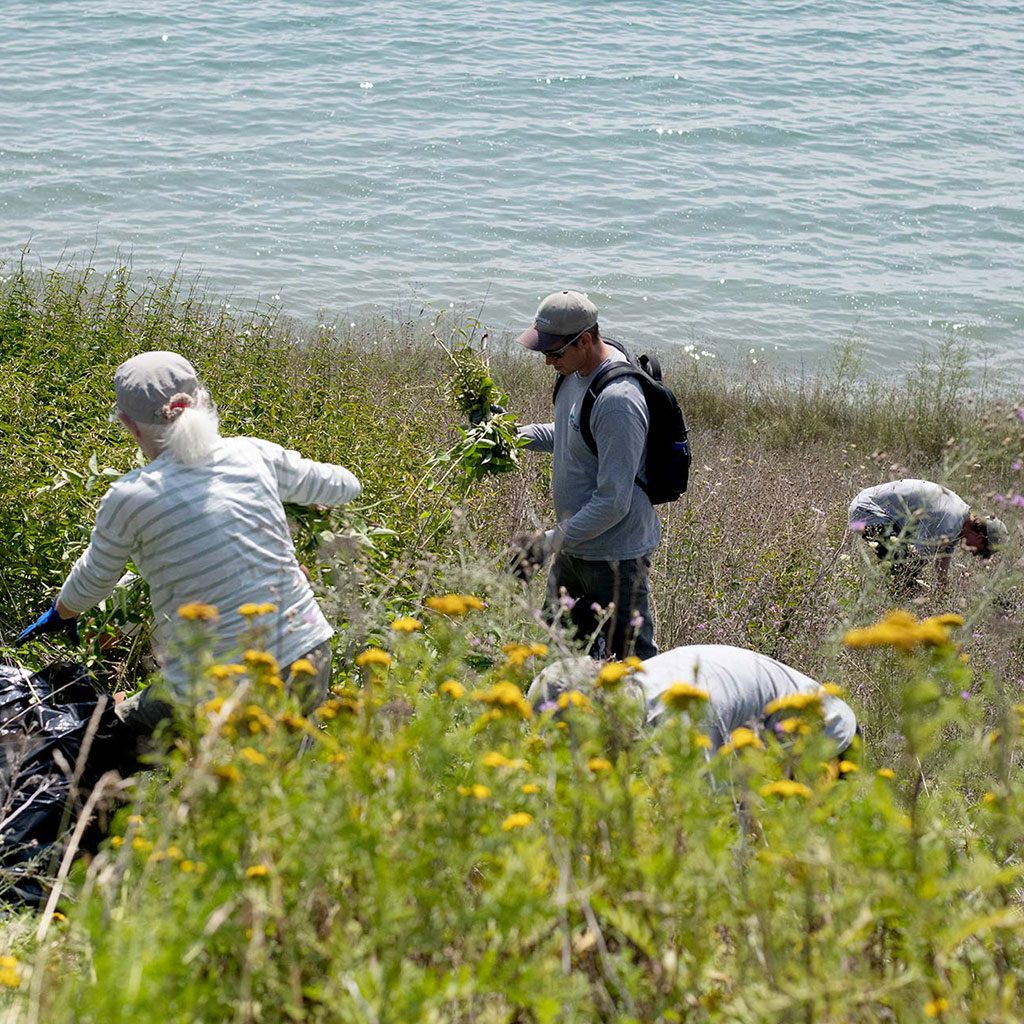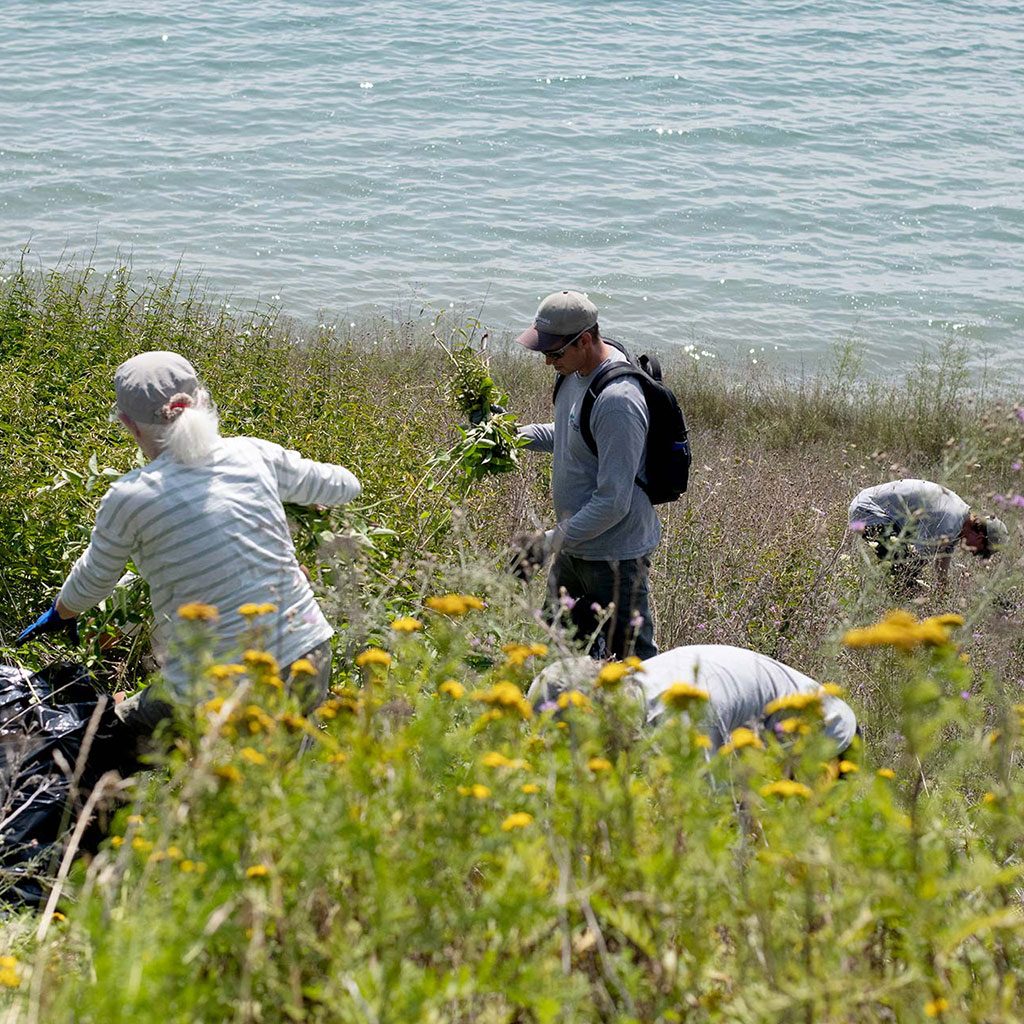
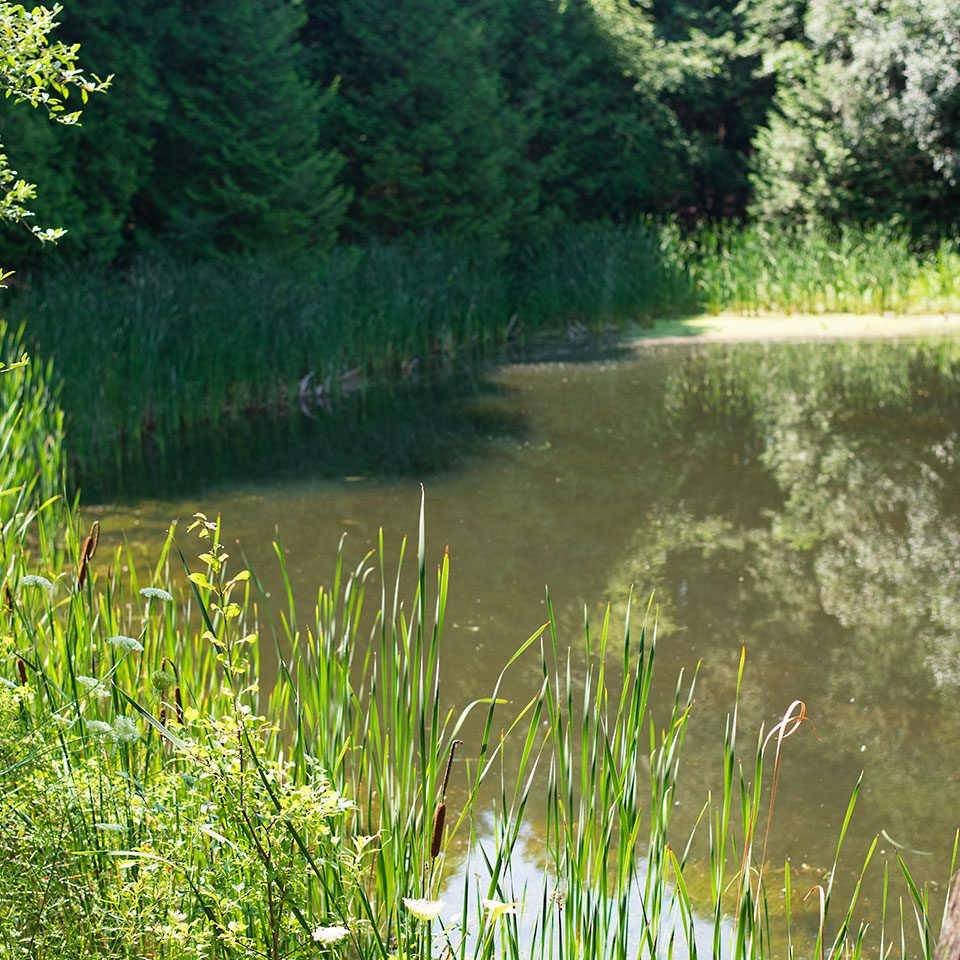
What is an invasive species?
An invasive species is a plant, fungus, or animal species that is not native to a specific location (an introduced species), and which has a tendency to spread to a degree believed to cause damage to the environment, human economy or human health.
The GRCA has been very actively involved in the invasive species issue. This has included public information walks and activities, providing informative presentations to public groups, advising landowners about control methods and undertaking control of some species on our own properties, and working with municipal partners on projects and strategies.
How did invasive species get here?
European settlers not only sought new homes but brought things with them.
This included invasive species, while some were because they wanted a reminder of home, others hitched a ride and were unintentionally introduced.
The spread still happens today!
There are many ways we are still spreading invasive species.
- Between lakes and rivers when boats and ships dump ballast water (used to balance ships in rough water) or when small critters including zebra mussels or aquatic plants hitch a ride on a recreational boats.
- Anglers and the baitfish industry may dump unwanted bait into waterbodies.
- Local nurseries may sell invasive plants that have not been regulated.
- The importation of wood products or other shipping materials can bring unnoticed pests such as emerald ash borer or Asian long-horned beetle.
- Seeds from invasive plants can get caught on hikers or bikers boots, clothing, and gear as they explore the outdoors.
Why are invasive species a concern?
The rapid spread of invasive species has become a major concern worldwide.
From an ecological perspective, there is concern about:
- The displacement of diverse native species
- Impacts on species that rely on native plants for food, and habitat
- Reduced genetic diversity
- The loss of native species can be associated with financial losses.
What you can do about invasive species
Clean your footwear, all equipment and your pets before you go from one natural area to another. Equipment can include bikes, ATVs, walking sticks, skis, snowmobiles, snowshoes or anything that can potentially carry invasive species to a new location.
- Report invasive species to EDDMapS Ontario or contact the Invading Species Hotline at 1.800.563.7711.
- Know your terrestrial invasive species and Plant Native Species instead.
- Stay on the trails. Remain on designated trails and keep pets leashed to reduce the amount of disturbed area and reduce your chances of being a vector and transporting their seeds to a new location.
- Clean your footwear, all equipment and your pets before you go from one natural area to another. Equipment can include bikes, ATVs, walking sticks, skis, snowmobiles, snowshoes or anything that can potentially carry invasive species to a new location.
- Remember to Clean, Drain and Dry your equipment and gear to reduce the transport of invasive species to a new location.
- Manage you own properties by following Specific Best Management Practices and Land Management Guides.
- Learn more about invasive species with additional resources available by the Ontario Invasive Plant Council and Invasive Species Centre.


